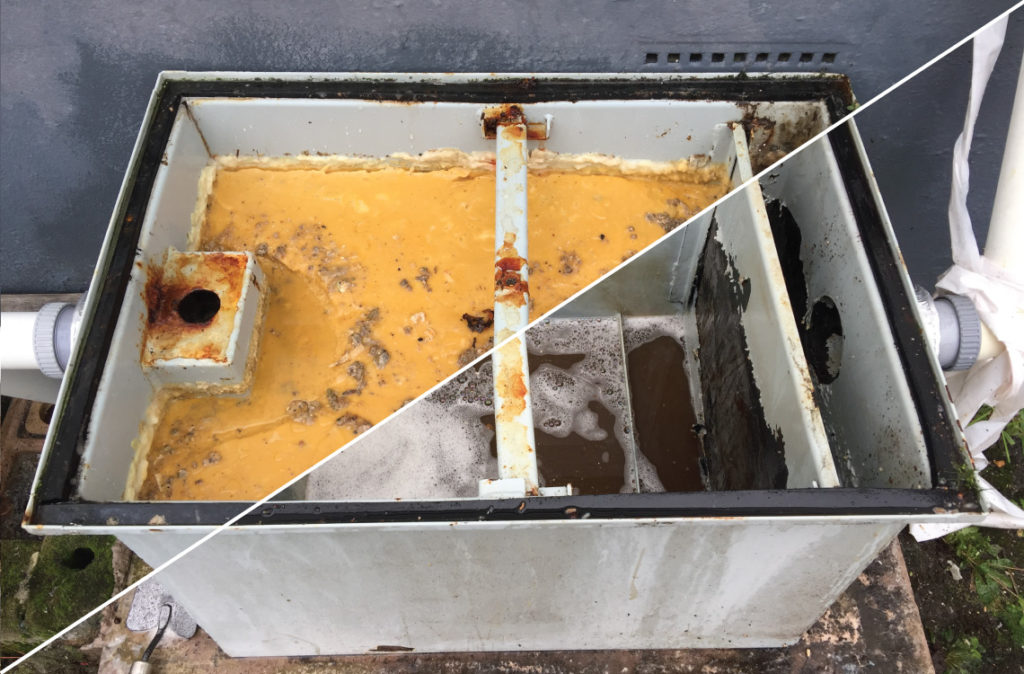 If you own or operate a food service business, chances are you have a grease trap. A grease trap is a type of interceptor device that is installed between your building’s sewage system and the municipality’s sewer main. It is the purpose of grease trap cleaners to capture FOGs—fats, oils, and greases—before they enter the sewer system and cause blockages. In this blog post, we will discuss everything you need to know about grease traps, including how to clean and maintain them.
If you own or operate a food service business, chances are you have a grease trap. A grease trap is a type of interceptor device that is installed between your building’s sewage system and the municipality’s sewer main. It is the purpose of grease trap cleaners to capture FOGs—fats, oils, and greases—before they enter the sewer system and cause blockages. In this blog post, we will discuss everything you need to know about grease traps, including how to clean and maintain them.
What is a Grease Interceptor?
A grease trap, also known as a grease interceptor, is a piece of equipment that is installed in the drain line between your sink and the sewer line. The purpose of a grease trap is to catch any grease, fat, or oil that goes down the drain so that it doesn’t end up in the sewer line. Grease traps come in all different sizes, but they typically have a capacity of between 50 and 300 gallons.
How does a Grease Trap work?
A grease trap works by allowing wastewater to flow into the inlet chamber, where the heavier FOGs settle to the bottom while the lighter water flows out through the outlet chamber into the sewer system. The settled FOGs gradually accumulate in the grease trap over time, so it is important to regularly clean them out to prevent blockages.
Cleaning a Grease Trap
The first step in cleaning a grease trap is to remove any solid waste material that has accumulated in the inlet chamber. Then, you will need to pump out all of the FOGs from the trap using a special pumping truck. Once the grease trap is empty, it should be cleaned with hot water and soap before being refilled with fresh water.
Maintaining a Grease Trap
- To prevent your grease trap from becoming overloaded and causing a blockage, there are a few steps you can take:
- Educate your employees on what can and cannot be disposed of down the drain – this includes things like coffee grounds, eggshells, and bones.
- Install strainers in all sink drains to catch small pieces of food waste before they enter the grease trap.
- The store used cooking oil in closed containers until it can be properly disposed of.
- Have your grease trap cleaned and pumped on a regular basis—at least every three months—by a professional service.
By following these steps, you can help ensure that your grease trap stays clean and well-maintained.
How Often Should You Clean The Grease Trap?
The frequency with which you clean your grease trap will depend on several factors, incorporating the size of the trap, the amount of FOG going into the trap, and the temperature of the water entering the trap. In general, however, most grease traps should be cleaned every three to six months.
If you have a small grease trap that sees light use, you may be able to get away with cleaning it only once per year. Conversely, if you have a large grease trap that receives heavy use, you may need to clean it every month or so.
Conclusion:
Grease traps play an important role in keeping our sewers clear of FOGs—fats, oils, and greases—which can cause blockages. If you own or operate a food service business, it is important to regularly clean and maintain your grease trap to prevent problems. With proper care, your grease trap will continue to keep your business running smoothly for years to come.
